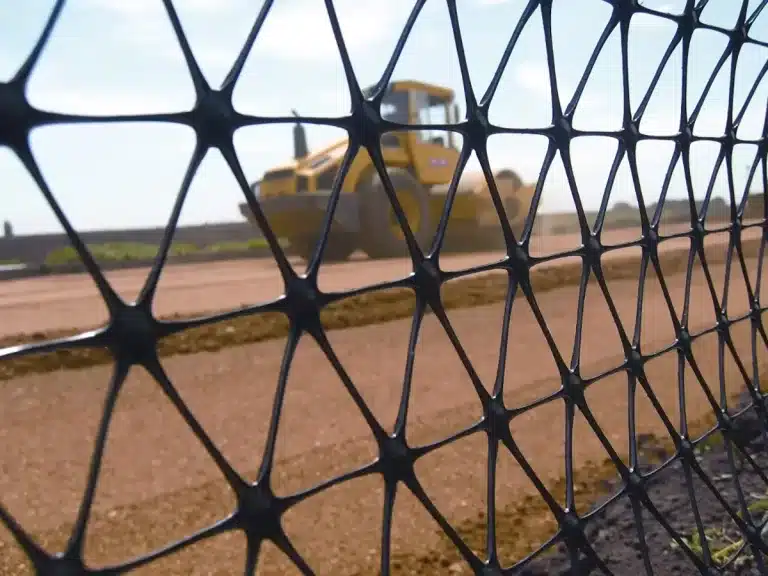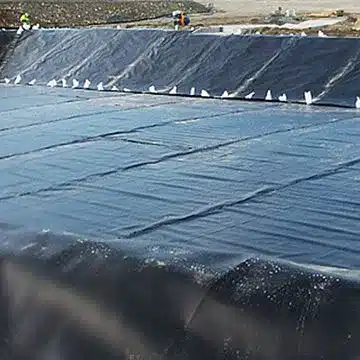Why Geogrids Are Critical for Road Construction on Weak Soils
Geogrids are a vital component in modern road construction, playing a crucial role in reinforcing and stabilizing the roadbed. These grid-like structures are made from polymers such as polypropylene, polyethylene, or polyester, and are used to enhance the strength and durability of roadways. In this article, we will explore the use of geogrids in road construction, their purpose, when they should be used, and their specific application in rigid pavements.










